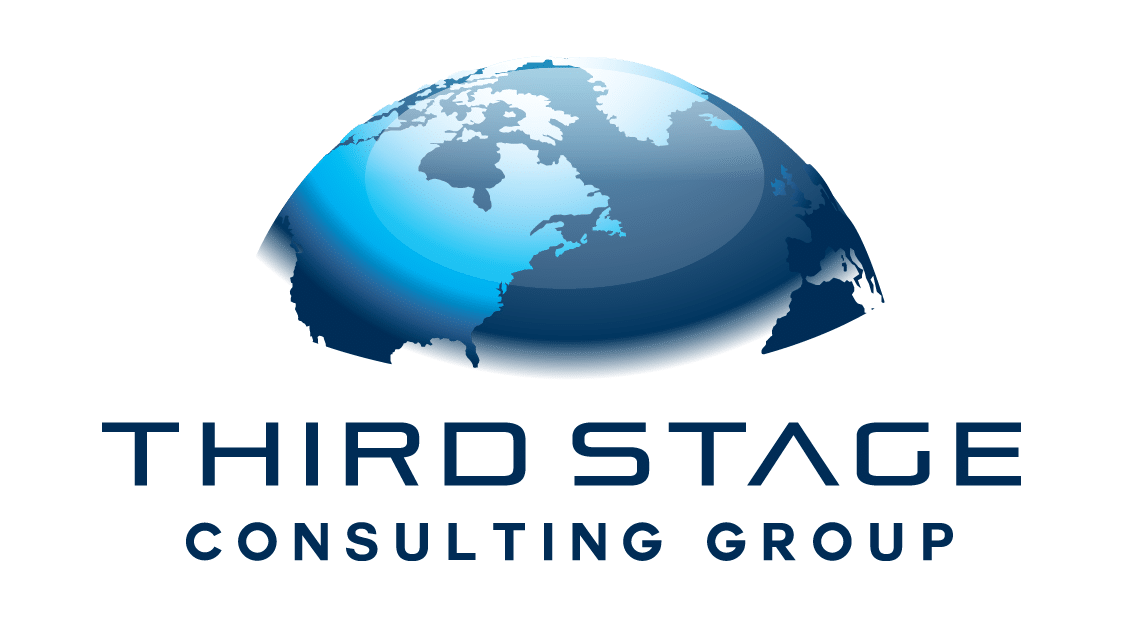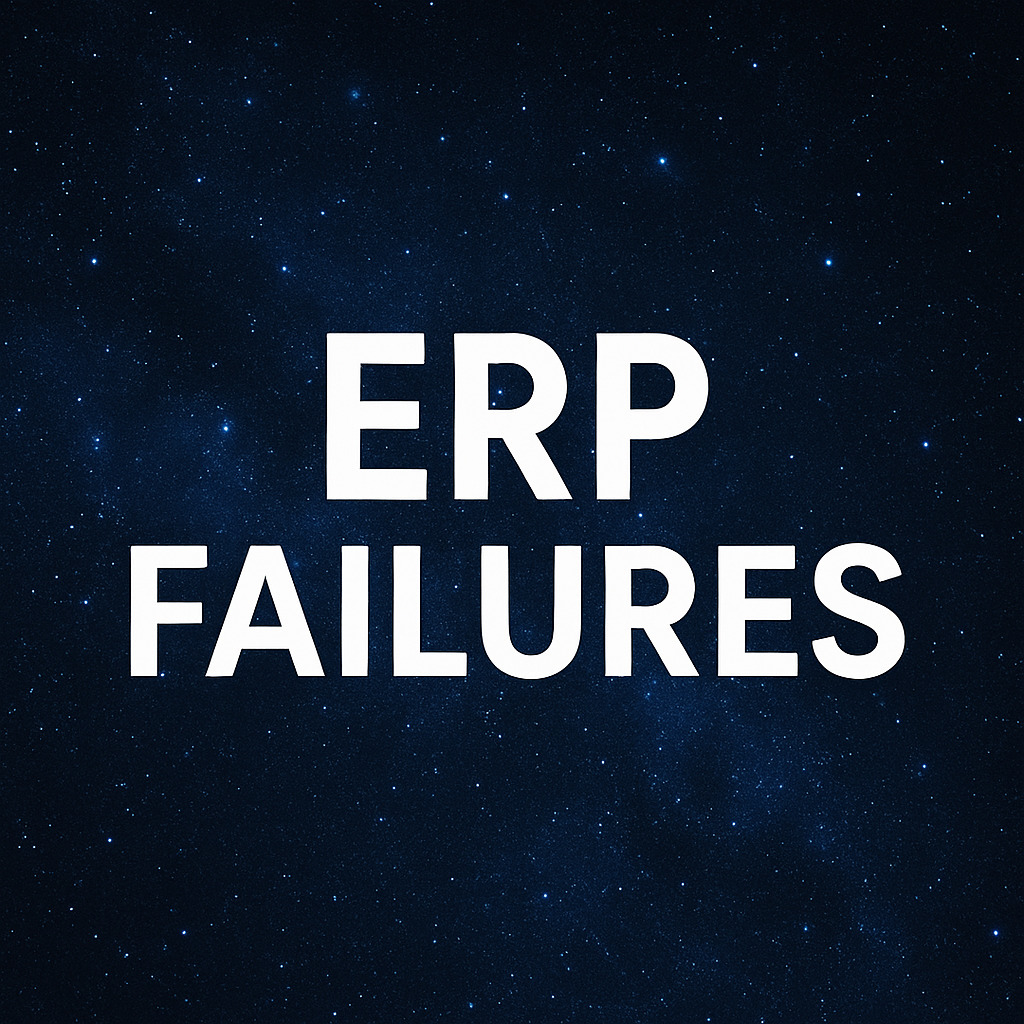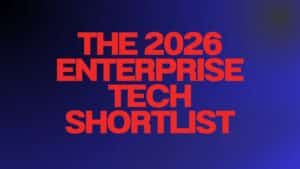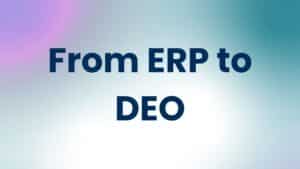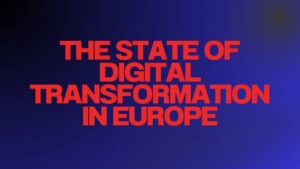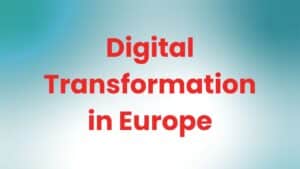ERP failures aren’t happening because your system integrator can’t code fast enough.
They’re happening because your organization didn’t make the right decisions before the project ever kicked off.
That might sound harsh — but it’s also liberating. Because once you shift your focus from finger-pointing to forward planning, you can take back control of your transformation.
Let’s break it down.
Table of Contents
ToggleThe Real Problem Isn’t Speed, It’s Clarity
Executives often complain that their software partners are too slow. But the real drag on project velocity is usually internal: decisions aren’t made early, priorities shift midstream, and the entire implementation becomes reactive.
This is a symptom — not the root cause.
The real cause is a missing or weak Phase Zero.
Too many organizations skip this foundational step in their digital transformation journey. They jump straight to system selection or configuration without ever fully aligning on the why and how behind the project.
And without a solid blueprint, every single decision — from data architecture to approval workflows — has to be made in real time, under pressure, with consultants on the clock.
This is exactly how ERP failures begin: not with the software, but with a lack of strategy, structure, and clarity from day one.
The result?
- Cost overruns
- Scope creep
- Delays
- Burnout
- And ultimately, a system that fails to deliver on its promise
Skipping Phase Zero might seem like a shortcut — but more often, it’s the most expensive detour your organization can take.
Phase Zero Is Where the Real Work (and Value) Begins
If there’s one takeaway here, it’s this: the most successful ERP implementations don’t start with software — they start with clarity.
Phase Zero isn’t a buzzword. It’s the critical pre-implementation phase where you define the entire strategy behind your transformation. It includes:
- Business Blueprinting – What will your future processes look like? What decisions must be made now to avoid chaos later?
- Change Strategy – How will you bring your people with you through this transformation?
- Architecture Planning – Which systems stay, which go, and how do they integrate?
- Decommissioning Roadmap – What’s your exit plan for legacy platforms?
- Program Governance – Who owns decisions, and how will you manage scope, risk, time, and budget?
Every one of these elements is essential. Skip them, and you’re flying blind.
At Third Stage, Phase Zero is one of the most valuable services we offer clients — because it lays the foundation for everything that comes after.
ERP Failures Usually Start With Bad Governance — Not Bad Software
Governance often gets treated like a fire extinguisher — something you grab once things go wrong.
But effective governance should be baked in from the start.
Think of it like this: if Phase Zero is the blueprint, governance is the construction manager. It ensures that decisions are made in the right sequence, with the right stakeholders, and with full visibility.
Good governance enables:
- Clear roles and responsibilities
- Formal scope and change control
- Real-time visibility into timeline and budget
- Structured vendor and SI management
- Faster, better-informed decision making
Without it, your project is vulnerable to vendor overreach, missed milestones, and political infighting.
The best transformations don’t just have governance — they live it from day one.
RThe “Rip-and-Replace” Trap: A Leading Cause of ERP Failures
For years, the dominant advice in the ERP world has been simple:
“Rip out your old system and replace it with something shiny and new.”
But that guidance is increasingly outdated — and dangerously oversimplified.
In fact, this rip-and-replace mindset has become one of the most common drivers of ERP failures. It often leads to:
- Multi-year delays
- Operational breakdowns
- Massive cost overruns
- Lost institutional knowledge
- Burnout across teams
- And worst of all — minimal business value at the end
Why? Because the organization spends years rebuilding what already existed, rather than focusing on what needs to evolve.
More importantly, this approach underestimates what your current system can still do — especially if it’s well-integrated and supported with modern layers of innovation.
That’s why a growing number of forward-thinking organizations are asking:
“Instead of replacing everything, what if we modernize around our ERP?”
The answer is a layered modernization approach — one that strengthens what works, enhances what doesn’t, and creates a flexible foundation for future innovation without hitting the reset button.
Modernizing Without Starting Over
Your ERP doesn’t need to be perfect — it just needs to be functional enough to support core operations. The real magic happens when you extend your legacy system with:
- AI-powered insights and automation
- Composable microservices tailored to business needs
- Low-code/no-code platforms that empower non-technical teams
- Integration and interoperability tools that connect your ecosystem
This layered model allows you to:
- Move faster — no waiting for a full rip-and-replace
- Reduce risk — avoid disrupting mission-critical workflows
- Preserve value — build on processes that already work
- Enable innovation — experiment with new tech at the edges, not the core
With the right architecture, you can transform without blowing everything up. And that’s exactly what the next generation of Digital Enterprise Operations (DEO) looks like.
System of Record vs. System of Innovation: A Common Source of ERP Failures
Here’s a useful mental model: your digital architecture has two distinct but interdependent layers.
System of Record
This is your core ERP. It manages data, transactions, compliance, and day-to-day operations. It’s your operational backbone — designed for stability, not agility.
System of Innovation
This is everything that adds competitive edge. AI, analytics, advanced workflows, customer-facing tools — the systems that help you move faster, adapt quicker, and make smarter decisions.
Too often, organizations conflate the two. They try to drive innovation by replacing their system of record, assuming that a shiny new ERP will magically deliver AI, predictive insights, or digital experiences.
But here’s the reality: confusing your system of record with your system of innovation is one of the most expensive ways to fail at ERP.
It’s like remodeling your house by demolishing the foundation — when all you needed was a new kitchen.
This mistake has caused countless ERP failures. Companies spend years replacing stable systems, only to realize they could’ve added modern capabilities on top — faster, cheaper, and with far less disruption.
In most cases, your ERP doesn’t need to be revolutionary. It needs to be reliable enough to support the innovative layers you build around it.
Get this architecture right, and you create a platform that’s both stable and future-ready. Get it wrong, and you risk sinking millions into an “innovation” project that never delivers true business value.
You Don’t Need to Be on the Latest Cloud ERP to Compete — And Rushing It Can Lead to ERP Failure
We hear it all the time:
“We’re not on cloud.”
“Our system is 15 years old.”
“Gartner says we have to move.”
Yes, modern cloud-based ERP platforms offer real advantages — scalability, accessibility, lower infrastructure costs. But that doesn’t mean you need to tear everything down tomorrow.
In fact, rushing to migrate just to follow trends is one of the fastest ways to walk into an ERP failure.
We’ve seen organizations spend millions moving to the cloud without a clear reason — no business case, no process redesign, no innovation strategy — just pressure from vendors and analysts telling them they’re “behind.”
The result? Expensive re-platforming with little to no ROI, frustrated users, and massive opportunity cost. Some companies end up replacing outdated systems with new ones that are just as misaligned — only now they’re in the cloud.
If your system still runs reliably — and you’re not on an AS/400 green screen from the 90s — you likely have more time and more options than you think.
- Modernization can be phased
- Innovation can be layered
- Cloud can be optional — not urgent
- And ERP replacement should never be fear-driven
The key is to lead with strategy, not vendor FOMO. Because chasing the latest platform without a roadmap isn’t modernization — it’s gambling.
Start with Strategy. Lead with Clarity. Build on What Works.
There’s no one-size-fits-all answer to ERP modernization. Some organizations will need to replace legacy systems. Others will unlock massive ROI by layering modern tools and innovation platforms on top of what already works.
But here’s what we know for sure:
Most ERP failures happen when organizations follow someone else’s blueprint instead of creating their own.
The point is: you have options. And the most strategic path forward starts not with software — but with strategy.
When you lead with your business model, your goals, and your risk tolerance, you can chart a modernization path that fits your organization — not the vendor’s agenda.
Because the fastest way to fail at ERP is to follow the crowd.
Questions to Consider:
- Have you defined your business blueprint before implementation begins?
- Are your project governance structures proactive — or reactive?
- What value could you unlock by modernizing around your ERP?
- Is your system of record stable enough to support innovation on top?
- Are you letting vendors drive the conversation — or leading with your own goals?
Let’s Talk About Your Modernization Strategy
At Third Stage, we work with clients to define future-ready strategies that match your goals — not what vendors want to sell you.
If you’re unsure whether to rip, replace, or build around your current ERP, our team can help you clarify the trade-offs and chart a path forward that actually delivers value.
Upcoming Opportunities to Go Deeper
Stratosphere 2025
🗓 August 25–27, 2025 | Denver, CO (In-person & virtual)
A vendor-neutral, expert-led conference on digital transformation strategy.
Register now: thirdstage-consulting.com/stratosphere-2025
The Executive Mastermind
An exclusive peer group for transformation leaders focused on strategy, innovation, and performance.
Apply to join: thirdstage-consulting.com/the-executive-mastermind

